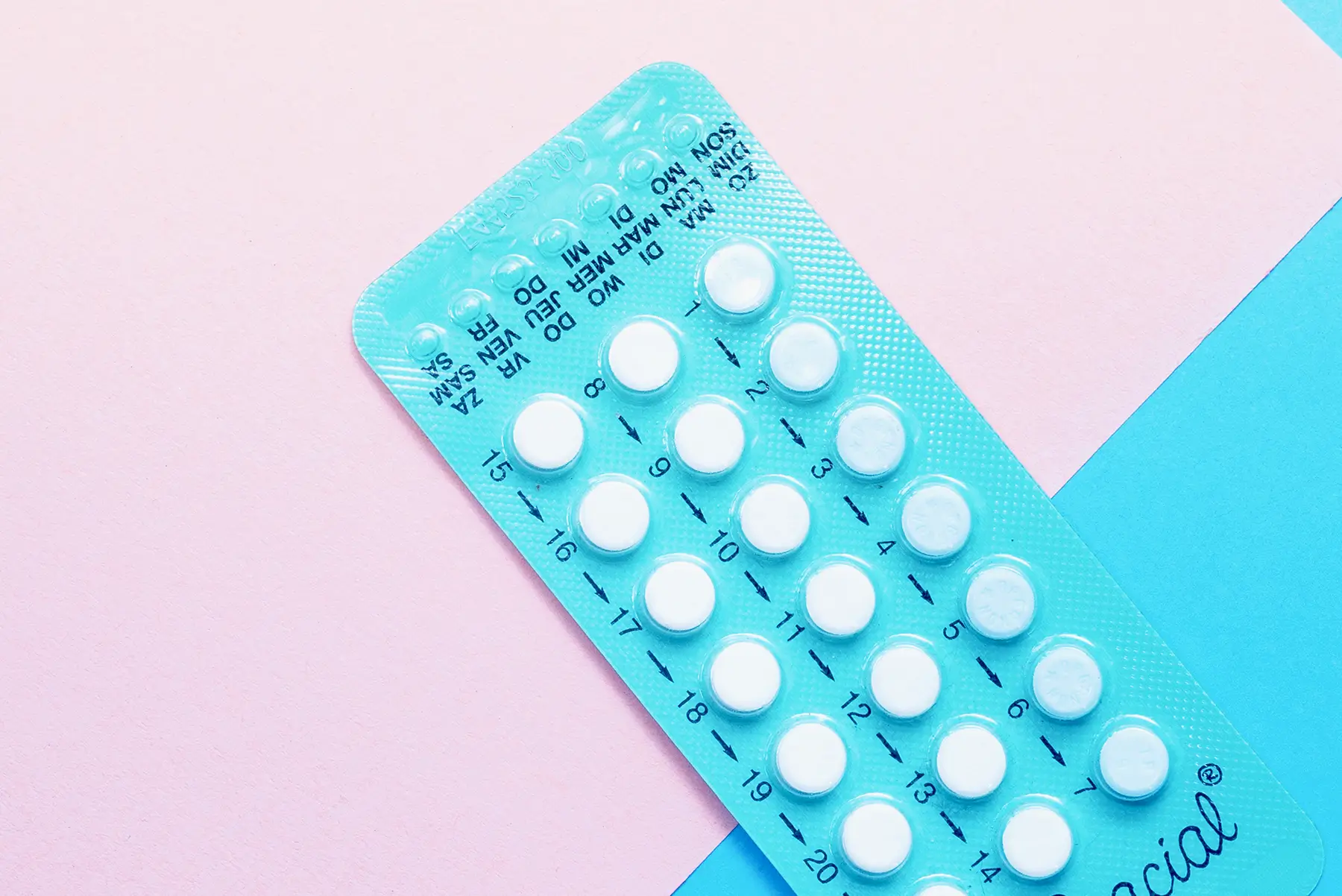This was a cross-sectional cohort study evaluating the effects of OC use and hormonal intrauterine (IUD) use, compared with an eumenorrheic (EUM) ie natural cycle, on maximal strength and power between menstrual cycle phases in active, healthy adult women.
Overview
- What did they test? The authors conducted a cross-sectional cohort study that evaluated the effects of OC and H-IUD use, compared with an EUM cycle, on maximal strength and power between hormone phases.
- What did they find? Sixty participants completed the study. Maximal strength and power did not vary significantly between OC, H-IUD, and EUM women. Lower body strength (leg press) was greater for OC users (5.6% higher), suggesting that lower body maximal strength outcomes may be influenced by hormonal contraception type.
- What does it mean for you? Female athletes are reassured that OC does not appear to compromise maximal strength or power, highlighting the importance of avoiding blanket assumptions about how hormones affect women’s performance. An individual holistic approach is needed.
What’s The Problem?
Purpose
With females participating in exercise more than ever, the potential impact of cyclical fluctuation of menstrual hormones (i.e.,estrogen and progesterone) on strength and power is important to understand for optimal anaerobic and aerobic exercise performance 1. However, women are still under-represented within the literature. Despite the increase in awareness of the need for female-specific research, the impacts of exogenous hormone delivery from hormonal contraception on strength performance outcomes are largely unknown 2. Currently, only 6% of sport and exercise research studies have been conducted exclusively with female participants, with even fewer studies including women utilizing any form of hormonal contraception 2.
The most common form of OC is a combined ethinyl estradiol and progestin tablet that is consumed daily for 21 days followed by a seven day ‘sugar’ pill to allow for monthly bleeding. These tablets suppress the endogenous hormones of the EUM menstrual cycles, thereby preventing ovulation from occurring. The second most common form of hormonal contraception is the H-IUD, which is placed directly into the uterus that provides daily localized progestin for three to five years.
Currently, there is a lack of consensus on the impact of OC use on exercise performance, with some research suggesting slight decrease 3, or no effect 4. Previous studies have also often failed to account for the different hormonal phases, and hormonal contraception types 5.
Therefore, let’s look at a cross-sectional cohort study evaluating the effects of OC use and H-IUD use, compared with an EUM cycle, on maximal strength and power between menstrual cycle phases in active, healthy adult women.
Hypothesis
It was hypothesized that 1-rep max (1RM) bench press and leg press, upper and lower body isometric dynamometry peak force, drop jump force, and vertical jump height (VJH) would be similar between IUD and EUM, but both groups would have greater strength and power than OC.







